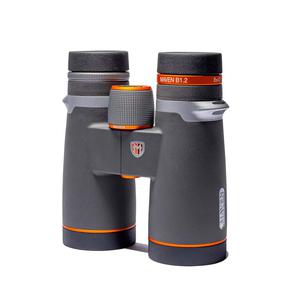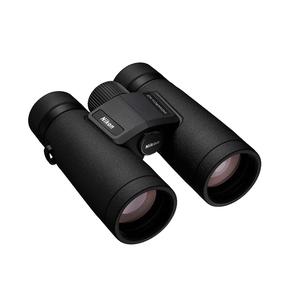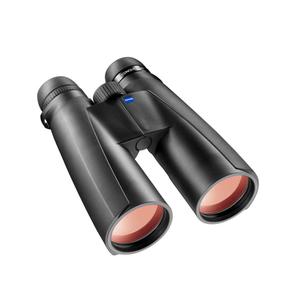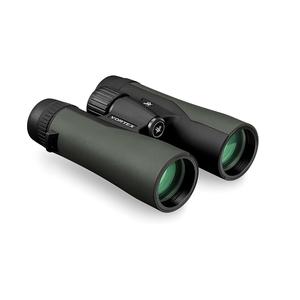How to Choose Binoculars
Binoculars are incredible tools that significantly enhance the enjoyment of various outdoor pursuits, including bird watching, stargazing, hunting, or simply observing sporting events. The challenge, however, lies in selecting the appropriate pair from a myriad of options, each featuring different models and characteristics.
This comprehensive guide aims to simplify the process, outlining key factors that influence the performance and quality of binoculars, such as size, magnification, and objective lens diameter. Additionally, we provide practical advice on choosing binoculars to suit various activities and budgets.
Short answer: When choosing binoculars, select a magnification and lens size suited to your activity: 7x-10x magnification with 25-42 mm lenses for general use, and higher magnifications with larger lenses for specialized activities like bird watching, hunting, or stargazing. Also, consider a wider field of view for moving subjects and a narrower one for detailed, distant viewing.
- Understanding Binocular Specifications
- Selecting Magnification and Size Based on Your Needs
- Additional Features to Consider
- Table of Binocular Categories
Understanding Binocular Specifications
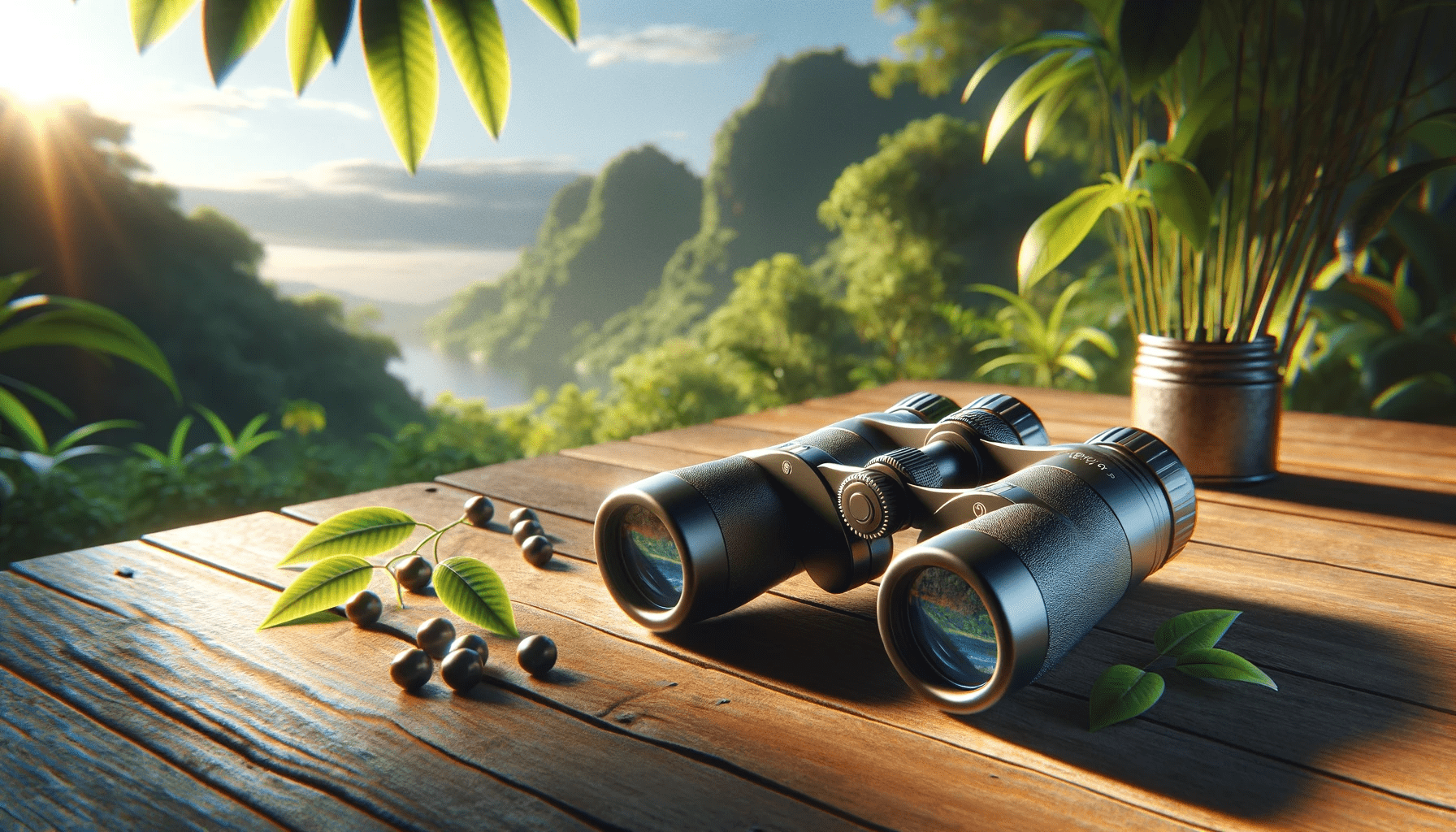
The key to selecting the right binoculars begins with understanding the numbers that describe their specifications. Typically, binoculars are characterized by two numbers, like 8x42 or 10x50. The first number indicates magnification power, showing how much closer objects will appear when viewed through the binoculars. The second number, the objective lens diameter in millimeters, determines both the amount of light gathered by the binoculars and their physical size.
These two factors – magnification power and objective lens diameter – influence various binocular aspects, including field of view, image brightness and sharpness, and stability. Generally, a higher magnification results in a narrower field of view, a dimmer image, and increased difficulty in maintaining a steady image.
Conversely, a larger objective lens diameter offers a broader field of view, brighter imagery, better performance in low light, but at the cost of increased weight and size. By the way, if you are looking for interesting binocular models, here are our top 4 best binoculars in 2024:
- High-End Performance at Affordable Price
- Ideal for Hunting, Birding, and Wildlife Viewing
- Enhanced Low-Light Performance
- Tack-Sharp Edge-to-Edge Vision with Deep Field
- Compact and Lightweight with Improved Light Transmission
- ED Glass Lenses Minimize Distortion
- Ideal for Birding and Wildlife Observation
- Rubber-Armored, Non-Slip Grip Design
- Waterproof and Fog-Proof for Reliable Performance
- Turn-and-Slide Rubber Eyecups for Eyeglass Compatibility
- HD Lens System for Vivid Imaging
- Best for Birdwatching and Nature Observation
- LotuTec Coatings for Scratch Protection
- Conveniently Placed Focusing Wheel for Easy Use
- Perfect for Stalking Game and Rough Terrain
- Exceptional Clarity and Color Fidelity
- Resistant to Water and Fog
- Eyecups Adjustable for Eyeglass Wearers
- Secure, Non-Slip Rubber Armor
- Includes GlassPak Harness for Easy Carrying
Selecting Magnification and Size Based on Your Needs

The optimal magnification and size for your binoculars depend on their intended use and your willingness to manage their weight and bulk. Here are some guidelines for different activities:
General Use: For activities like sightseeing, hiking, or attending concerts, binoculars with a 7x to 10x magnification and a 25 to 42 mm objective lens diameter are typically adequate. These binoculars are versatile, user-friendly, and relatively compact and lightweight.
Bird Watching: Birders often prefer an 8x or 10x magnification with a 32 to 42 mm objective lens diameter. This range provides a balance between magnification, field of view, brightness, and portability, enabling detailed observation of birds without significantly compromising image stability.
Hunting: The choice for hunting varies based on terrain and target distance. Long-range hunting in open areas may require binoculars with at least 12x magnification and a 50 mm or larger objective lens diameter. These specifications allow for closer, brighter views of distant objects but necessitate a tripod or steady support due to their weight. For hunting in forested areas, a 10x or lower magnification with a 42 mm or smaller objective lens diameter is preferable, offering easier handling and a wider field of view beneficial for tracking moving animals.
Stargazing: For astronomical observations, binoculars with a 10x or higher magnification and an objective lens diameter of 50 mm or more are recommended. Such specifications capture more light and reveal finer details of celestial objects. However, they are significantly heavier and require a tripod or mount to prevent shaking.
Additional Features to Consider
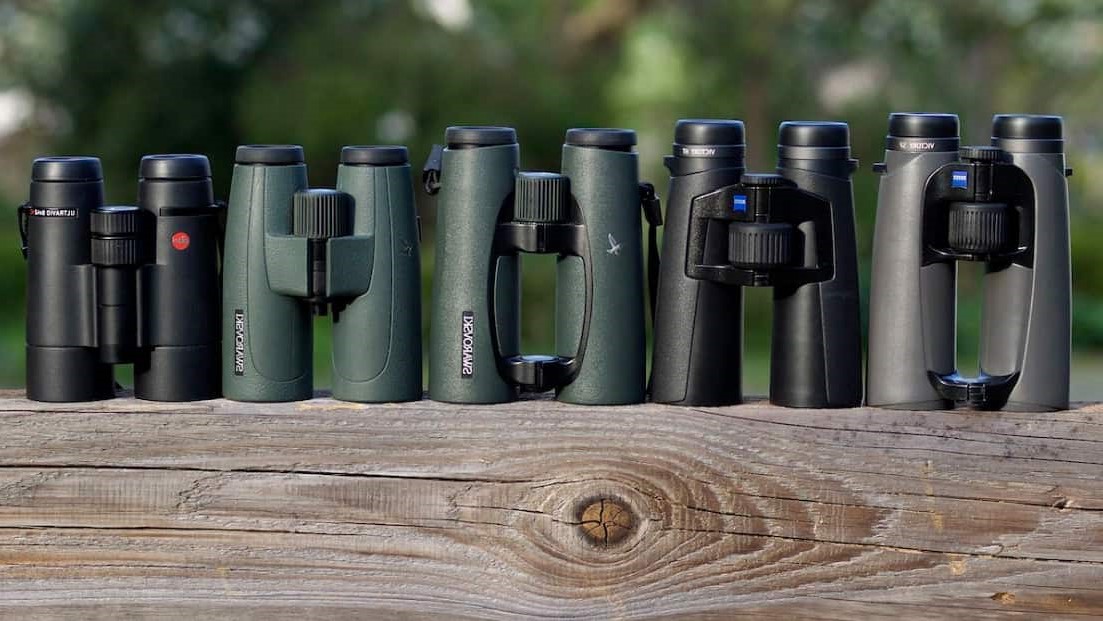
Beyond magnification and size, other features also play a vital role in the overall quality and convenience of your binoculars. Consider these aspects when making a purchase:
Optics Quality: The clarity and brightness of the image are largely determined by the quality of the lenses and prisms inside the binoculars. Superior optics typically offer enhanced light transmission, contrast, and color fidelity, though at a higher cost. Look for indicators of high-quality optics, such as ED (extra-low dispersion) glass, roof prisms, and center focus systems.
Lens Coating: Lens coatings reduce reflection and glare, improving image brightness, contrast, and clarity. The quality and extent of coating can vary; options include coated (a single layer on one surface), fully coated (a single layer on all surfaces), multi-coated (multiple layers on one surface), and fully multi-coated (multiple layers on all surfaces). More extensive coating generally yields better results but also increases the price.
Construction Durability: The binoculars' construction influences their durability and resistance to environmental elements. Look for features like rubber armor for improved grip and shock absorption, waterproofing to prevent internal damage from water, and fog-proofing, which involves filling the binoculars with an inert gas to prevent lens fogging due to temperature changes.
Accessories: Accessories can enhance your binoculars' usability and comfort. Useful additions include a neck or shoulder strap, a protective case, lens caps, a cleaning cloth, and a tripod adapter for stable support.
Table of Binocular Categories
Here's a simplified table that categorizes binoculars based on common uses, with key characteristics for each category:
| Use Case | Magnification | Objective Lens Diameter (mm) | Field of View | Brightness | Best For | Weight and Size |
|---|---|---|---|---|---|---|
| General Use (Sightseeing, Hiking, Concerts) | 7x to 10x | 25 to 42 | Wide | Moderate | Versatility and ease of use | Compact and Lightweight |
| Bird Watching | 8x or 10x | 32 to 42 | Moderate to Wide | Good | Detailed observation of birds, balance of features | Relatively Lightweight |
| Hunting (Open Areas) | 12x or higher | 50 or larger | Narrow | Very Good | Long-range viewing, open terrain | Heavier, may require tripod |
| Hunting (Wooded Areas) | 10x or lower | 42 or smaller | Wide | Good | Tracking moving targets, dense terrain | Easier to handle |
| Stargazing | 10x or higher | 50 or larger | Varies | Excellent | Night sky observation, celestial bodies | Heavy, requires tripod/mount |
| Sports Watching | 7x to 10x | 35 to 50 | Wide to Moderate | Good | Capturing fast-moving action | Medium weight, portable |
How To Pick Binoculars: Conclusion
Binoculars are invaluable for a range of outdoor activities, but finding the right pair can be daunting. By understanding the significance of binocular specifications, weighing the pros and cons of various magnification and size options, and considering other important features and accessories, you can make an informed choice.
Remember, the best way to assess a pair of binoculars is to try them out personally before purchasing. This guide is designed to provide you with the knowledge needed to select the best binoculars for your needs and budget. Enjoy your outdoor adventures with your ideal binoculars!
You may also like:
